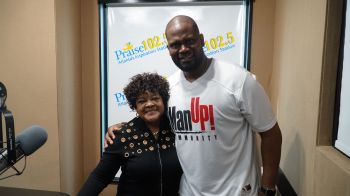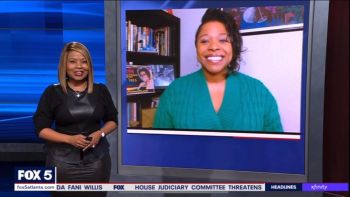Get Wi-Fi Anywhere With This New App!
It is very important for a senior to know his/her surroundings and prepare for the winter months. Changes in the older adult that accompany aging make it harder for them to know when they are getting cold. It is also harder for the body to warm itself. So it is very important for older adults to pay attention to the weather and how cold it is going to get.
Some general safety recommendations from the American Geriatric Society are:
- Stay indoors when it’s very cold outside, especially if it’s also very windy; and keep indoor temperatures at about 65 degrees or above
- If you have to go outside, don’t stay out in the cold or the wind for very long
- Wear two or three thinner layers of loose-fitting clothing. (They are warmer than a single layer of thick clothing.) Always wear: a hat, gloves or mittens (mittens are warmer), a coat and boots, a scarf to cover your mouth and nose and protect your lungs from very cold air
- Stay dry; wet clothing chills your body quickly
- Go indoors if you start shivering- it’s a warning sign that you’re losing body heat.
- Know the warning signs of hypothermia: lots of shivering; cold skin that is pale or ashy; feeling very tired, confused and sleepy; feeling weak; problems walking; slowed breathing or heart rate. *Note: Don’t rely on shivering alone as a warning sign, since older people tend to shiver less -and some, not at all-as their body temperature drops. Call 911 if you think you or someone else has hypothermia.
For safety reasons, remember: stay warm, keep your thermostat set above 65, and have a plan if you lose power.
Winter Tips For Elderly was originally published on elev8.com














